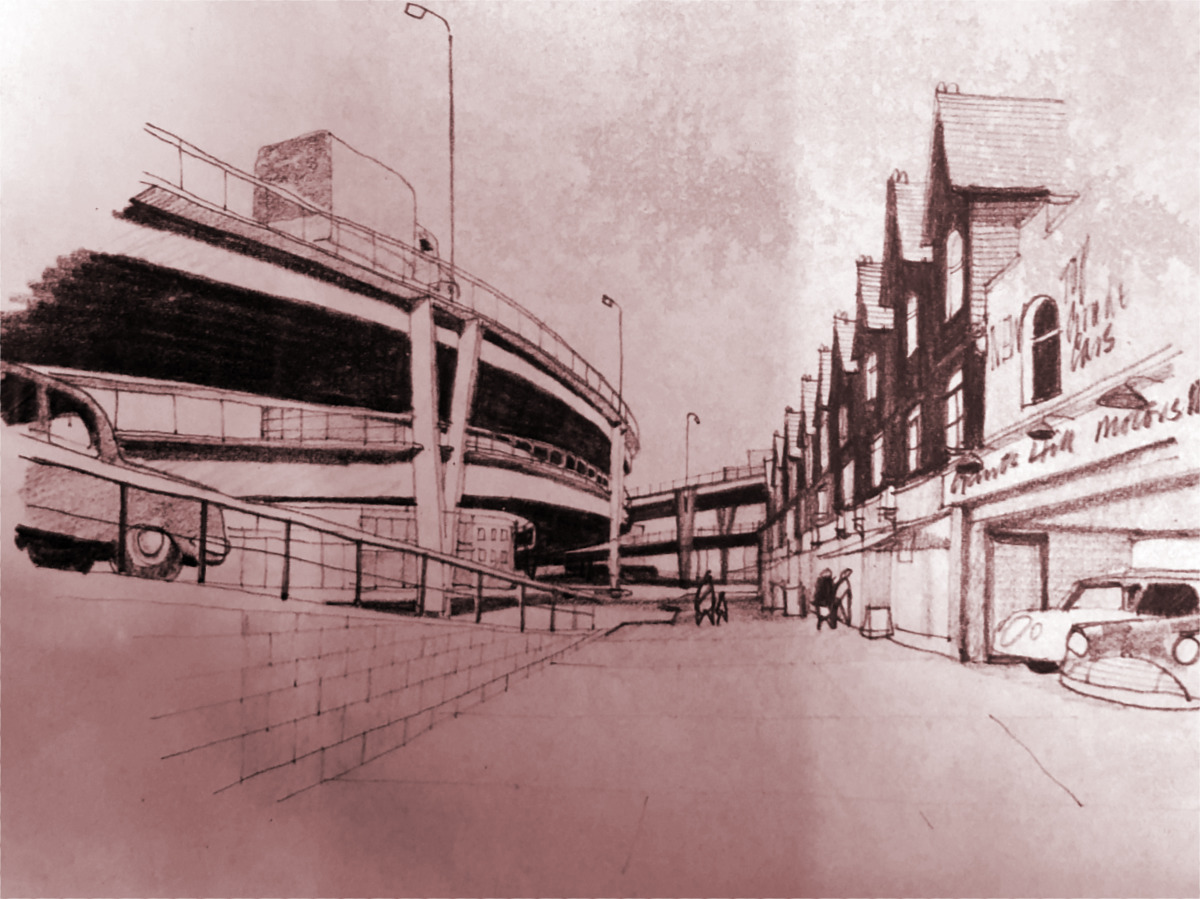Mmmm, not so much. Let's look at a fairly ordinary sort of car, a Toyota Prius. If you go look at Toyota's UK website
here, you can find that they list the price of a new Prius as starting at about £27 000. Meanwhile, on their
Dutch website they list the price as starting at about €33 000. Converting the latter figure into pounds sterling indicates that if British customers were charged the same amount they would be paying £28 000, only a £1 000 difference. Not only does this show that a £6 000 pound increase in per-car registration costs would, in fact, drastically increase the cost of some (and probably the vast majority) of new car purchases, but it also shows that Dutch and British car purchase prices are actually pretty similar, at least for Priuses. You could probably go through and do a similar analysis on other models and come up with similar results, but I don't want to spend that kind of time.
